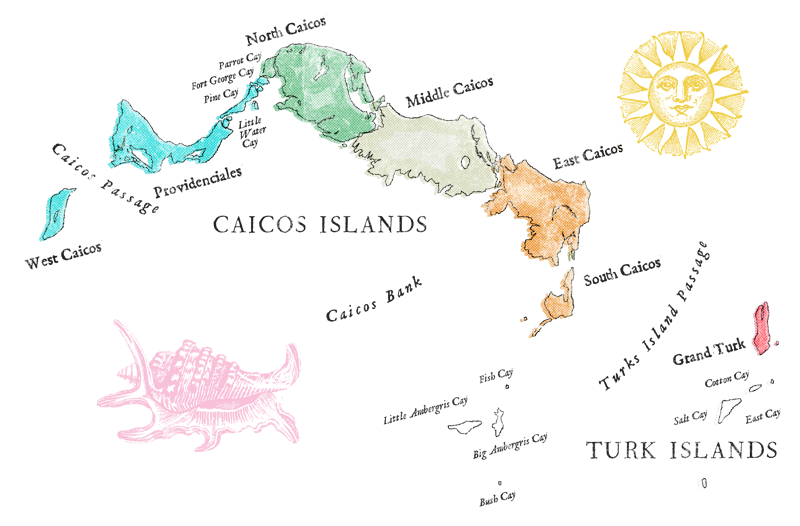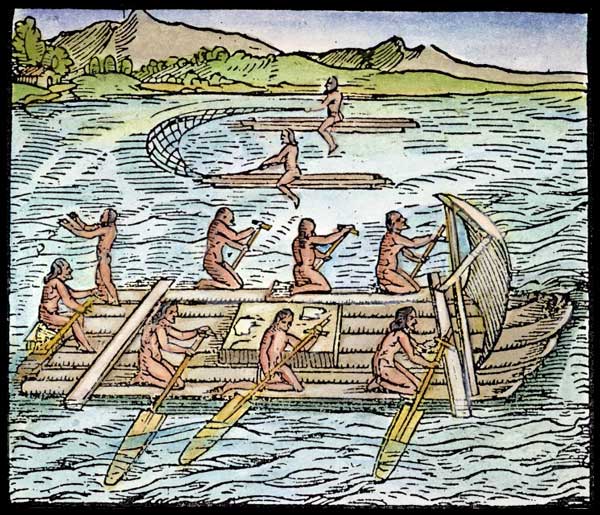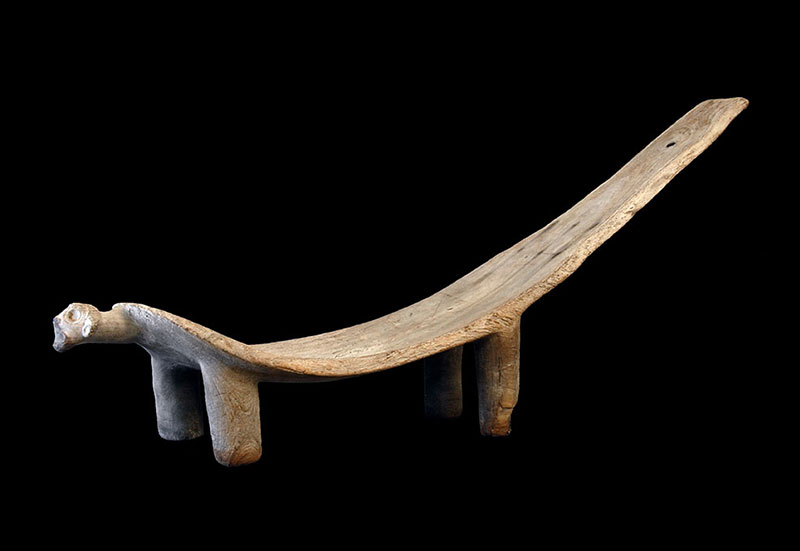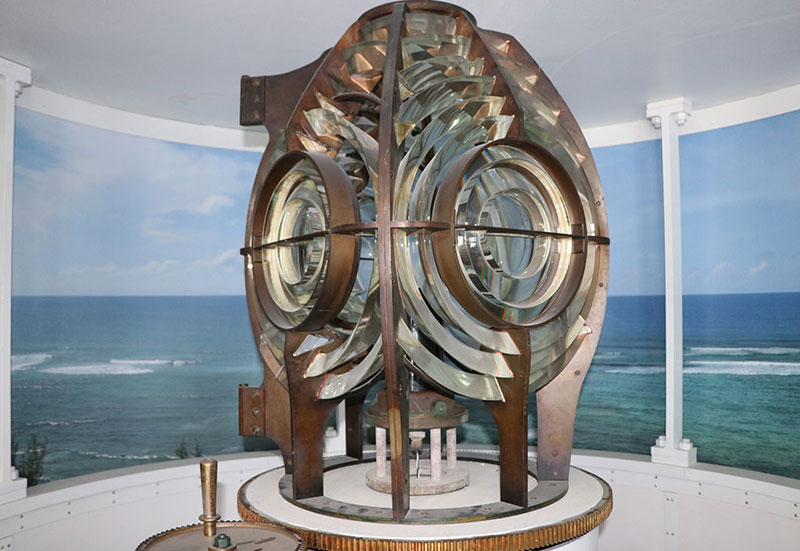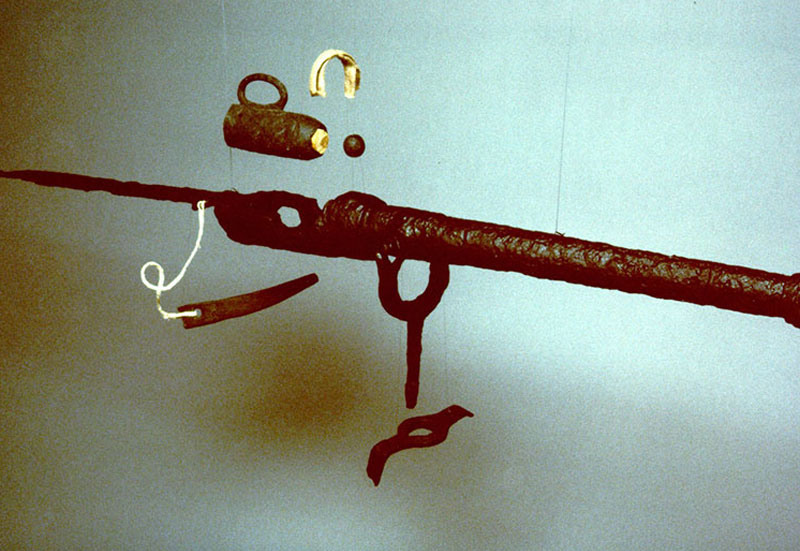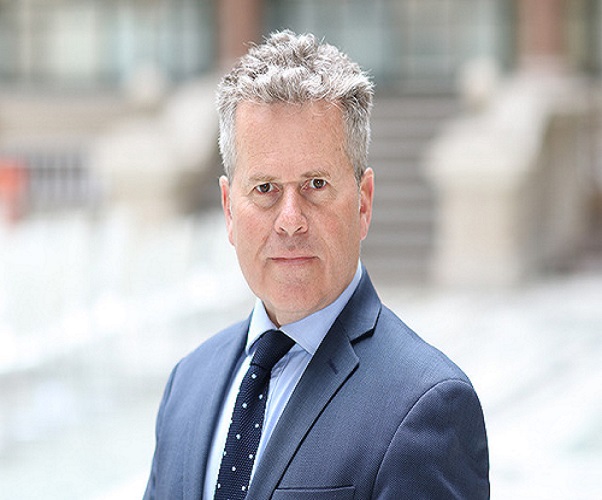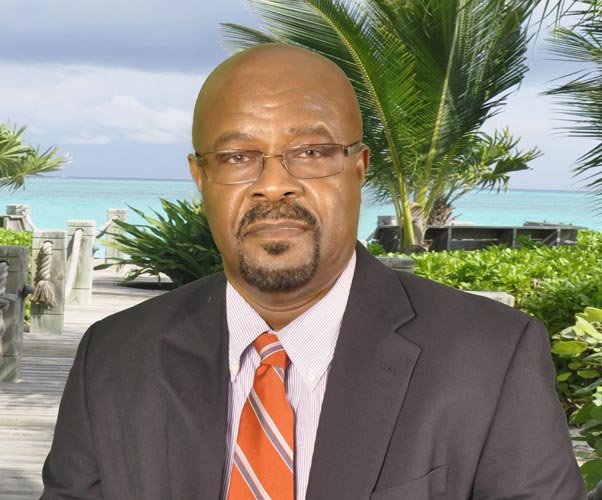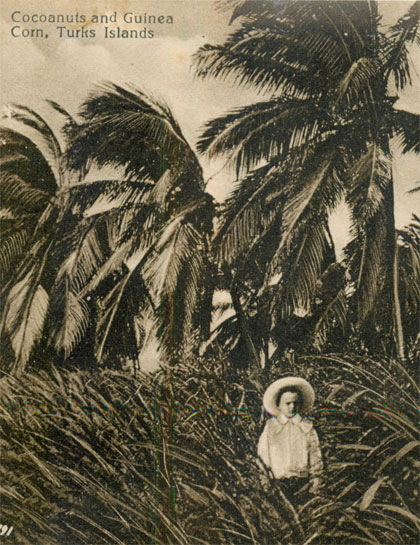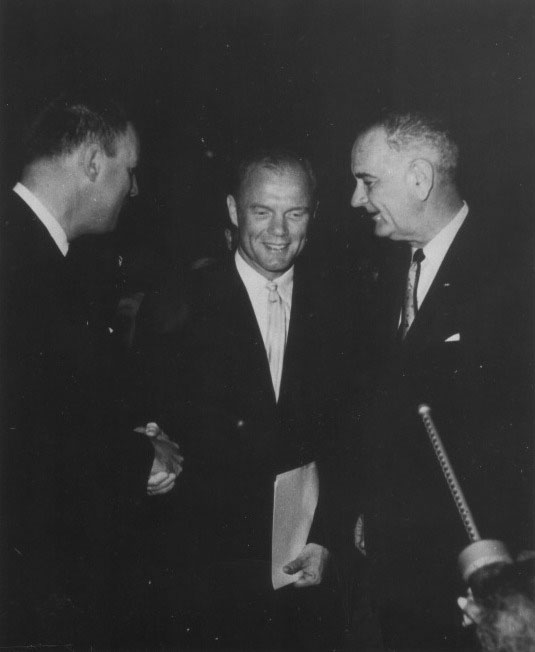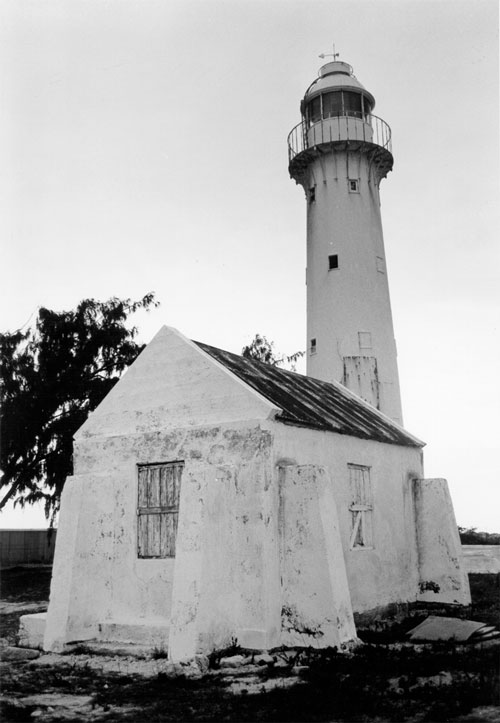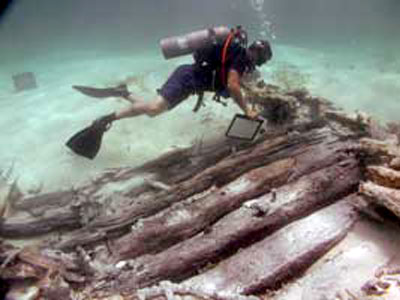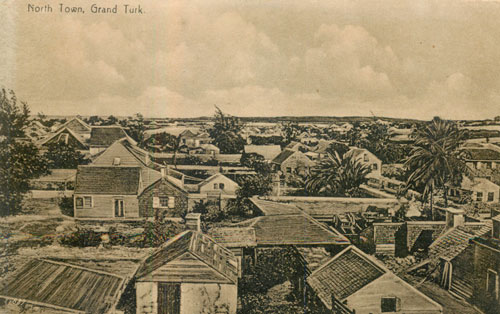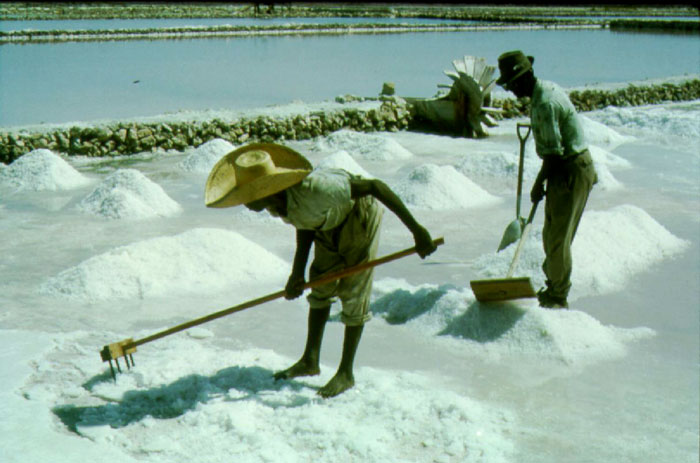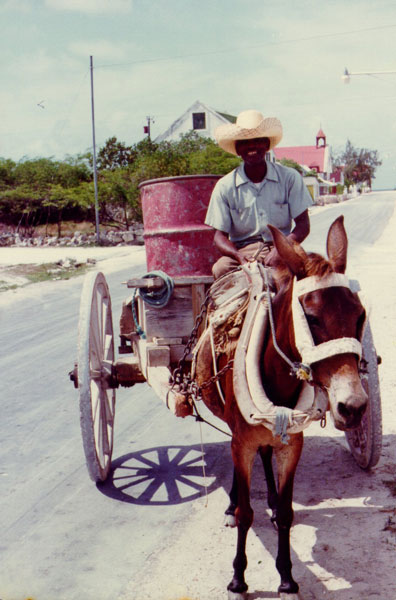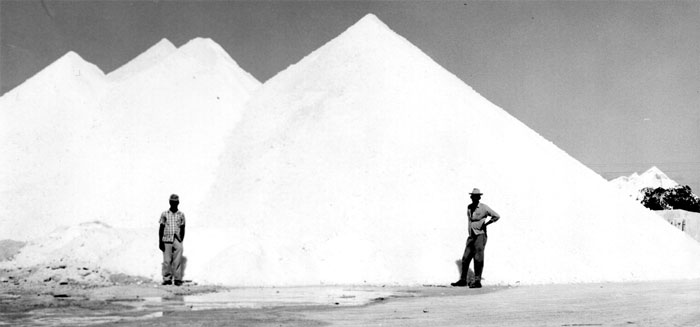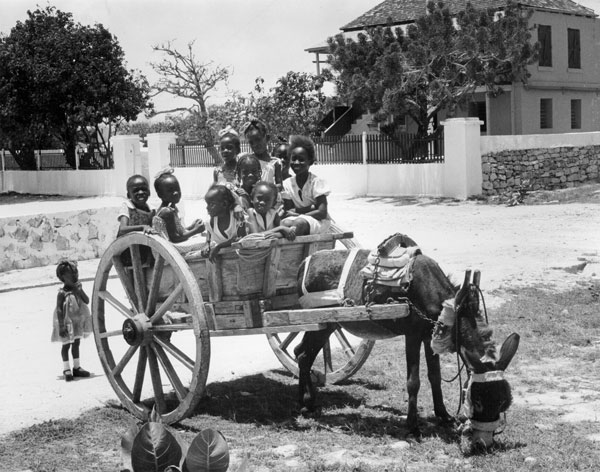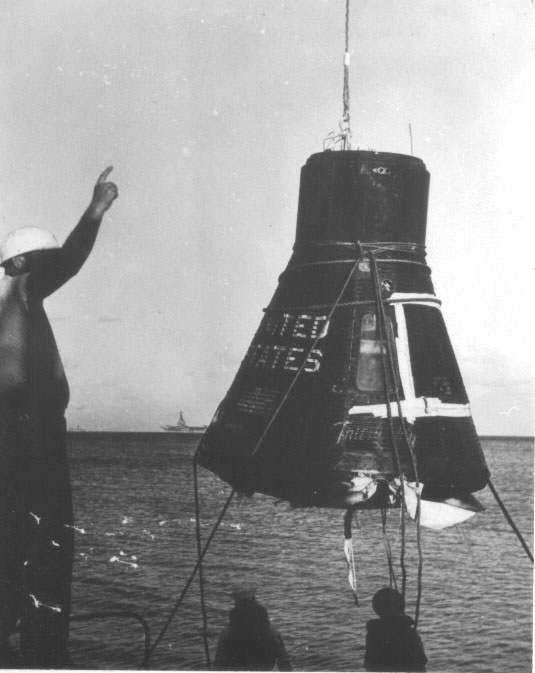By Donald H Keith
We knew before we started that Ft St George has an underwater component as well as the walls and foundations that we are uncovering on land. People have been finding artifacts on the beach for decades and literally thousands of snorkelers have seen the cannons lying in shallow water, half buried in sand. So yesterday most of us spent 5 hours in the water combing the shallows West of Ft. George looking for clues to how much of the island—and the fort itself—have eroded into the sea. While one group concentrated on the cannons, now 50 meters offshore, Toni and Randy moved farther to the North where they bumped into a strange submerged wooden structure about 10 meters long by 6 meters wide. We still don’t know what it is: a dock? A quay of some kind? But it does seem to belong to the fort.
Being primarily an underwater archaeologist, I can’t help but wistfully reflect on how much easier it is to work underwater than on land. Underwater you never sweat. You don’t have to wear a hat and smear your body with sun block to keep skin cancer at bay. You don’t get that raging thirst that invariably accompanies hard work. There are no annoying mosquitoes or gnats hovering around your head like a curse. Your feet don’t get tired because you are essentially weightless. Not only weightless, but your buoyancy control device enables you to lift gigantic weights effortlessly. Water gives every diver super-human powers. That’s why everyone was so delighted to have a day in the water yesterday.
We are making wonderful progress in spite of the heat, humidity, and complicated logistics. I just hope we can keep it up. Yesterday morning we had an impromptu “my insect bites, coral scrapes, plant burns, scratches and rashes are worse than yours!” comparison on the beach. It was a draw between Will’s ankles and Toni’s arms.
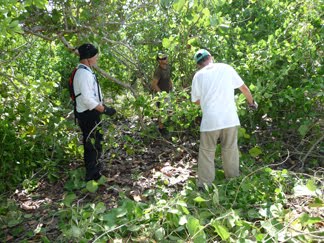 For the last three days we’ve been trying to connect three structures by clearing straight lines through the undergrowth so we can measure the exact distances between them. You can’t clear dense bush in shorts and flip-flops. The more clothes you wear the better protected you are–but it can get pretty hot and sweaty. The real, ever-present danger is dehydration and heat-related injury. We picked this time of year because it usually starts to cool off in October, but it now seems that we may have started a little too early. Yesterday it was 95 degrees and it always feels like 90 percent humidity.
For the last three days we’ve been trying to connect three structures by clearing straight lines through the undergrowth so we can measure the exact distances between them. You can’t clear dense bush in shorts and flip-flops. The more clothes you wear the better protected you are–but it can get pretty hot and sweaty. The real, ever-present danger is dehydration and heat-related injury. We picked this time of year because it usually starts to cool off in October, but it now seems that we may have started a little too early. Yesterday it was 95 degrees and it always feels like 90 percent humidity.
One of our biggest concerns is avoiding “Poison Wood” trees that grow all over the island. Robert showed us some photos he found on the internet of a poor soul who tangled with one on Grand Turk. It didn’t say whether he survived. The problem for us as we’re trying to clear tunnels through the dense bush is that they are a little tricky to identify. So far no one has encountered one (or started to show symptoms yet!), but it remains a constant source of concern. It reminds Toni and I of a plant they warned us about when we worked in Panama – “tu toca tu mata” “you touch it you die” … or wish you did.
